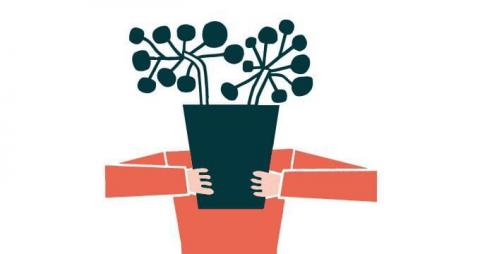What is conversational business?
Messaging helps people foster strong relationships with their family and friends. Now messaging platforms are open for business. Conversational business comprises the different ways messaging channels can be used in support, marketing, sales, and beyond. Customers, shoppers, prospects and leads want to communicate with businesses with the same ease and convenience that they experience when talking to their friends and family.











